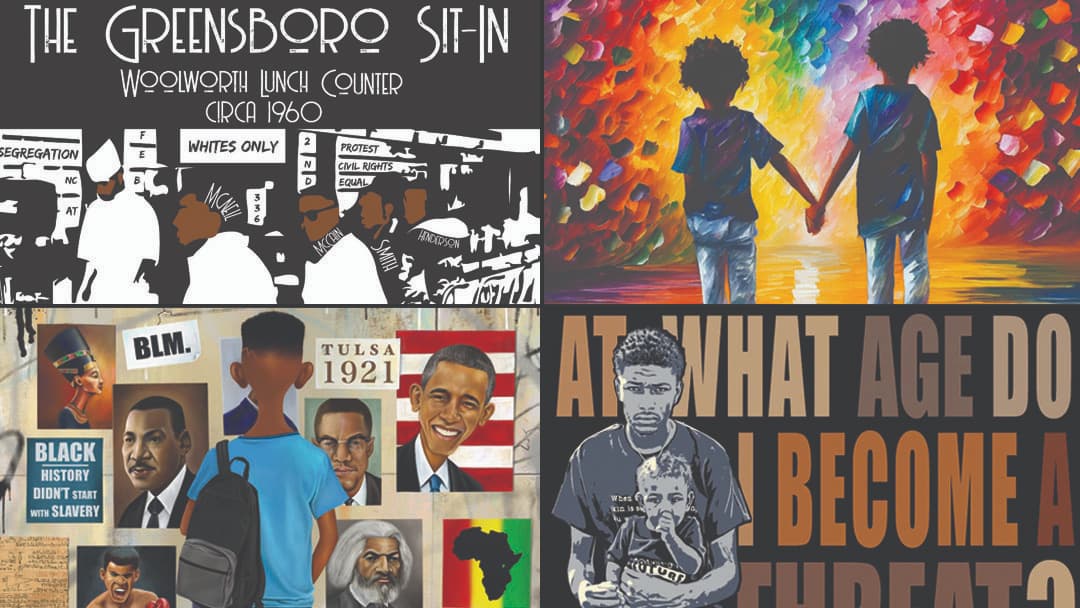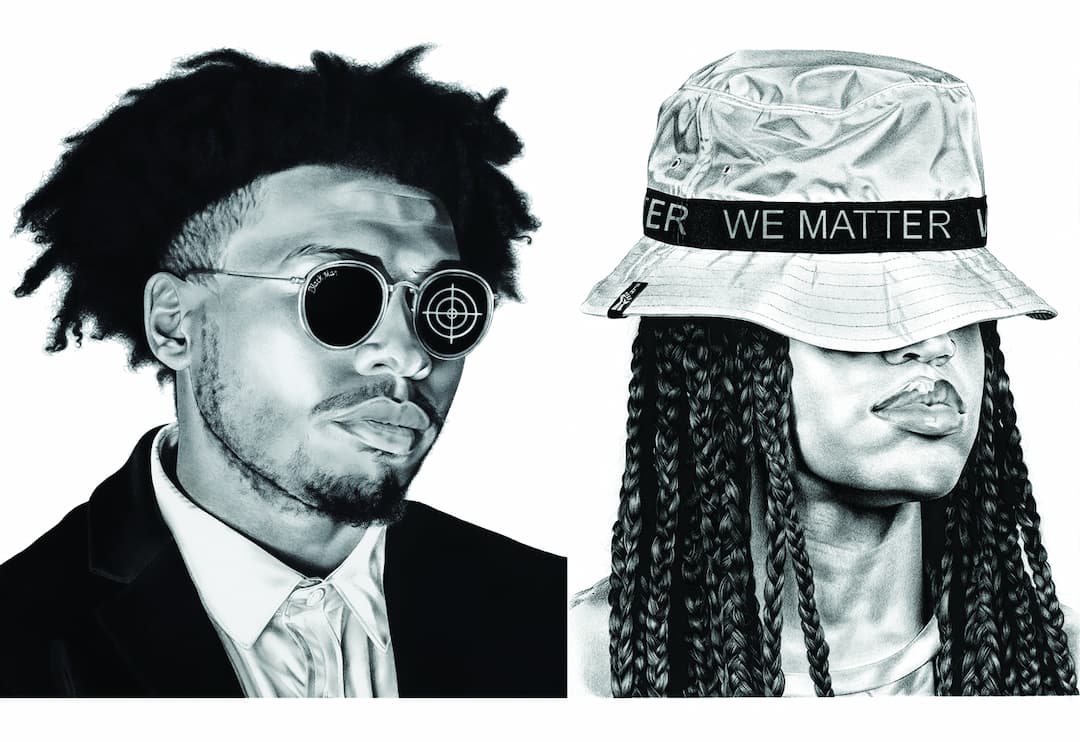“Our theme this year is ‘Embracing Kindness,’ during a time when we need it more than ever.”
SARASOTA, FL. — Embracing Our Differences (EOD) has grown from a 2004 partnership with The Florida Holocaust Museum, to a worldwide, year-round arts showcase involving 119 countries and hundreds of schools.
“Through the transformative power of the arts, we educate and inspire to create a better world,” writes the nonprofit on its website, embracingourdifferences.org. The group is honoring its 20th anniversary by “Embracing Kindness.”
SLIDER OF ARTISTS’ WORK: CLICK TO VIEW
What is Embracing Our Differences?
EOD showcases artwork on its website year-round, and collaborates with other groups including public school systems. EOD also provides an annual large-scale exhibit of selected artwork on the Sarasota Bayfront, featuring selections gleaned from about almost 14,000 submissions. Occasionally, the EOD exhibit goes on the road, and has been shown in Ohio, New York and Georgia.
A nod to indigenous people
In a gesture befitting its intersectional mission, EOD includes a tribute to the original inhabitants of its headquarters. “We respectfully acknowledge that we are gathered on the traditional homelands and ancestral territories of the Seminole Tribe of Florida as well as the ancient tribes of the Calusa, Uzita and Tocobaga peoples.
“We also acknowledge the local freedom-seeking community called Angola, and the people later known as Black Seminoles. We honor the land itself and the people who have stewarded it throughout the generations. This calls us to commit to continuing to learn how to be better stewards of the land we inhabit as well.”
Black History Month and EOD Over the Years
We’re honored to feature a small glimpse at EOD artists, their art, and their message. We asked EOD coordinators to curate a selection of art over the years that resonates with Black History Month. Among the selections: a 2023 piece from Eric Appelquist of Moline, Ill. and a 2011 piece from John Stanish, then a student in Eldora, Ia.
After you’ve partaken of all the artwork above, enjoy excerpts below from all nine Artists’ Statements. You can find hundreds of EOD pieces since 2004 at the group’s website gallery, too. To read more of each artist’s statement and see EOD’s video about the artist, click on their name:
From the Artists Themselves
If We All Held Hands by Eric Applequist of Moline, Il. “We are endowed with a great power to ease the suffering of others through the simplest human expressions.”
Reflections by John Stanish of Eldora, Ia. “This photo is about understanding that each individual is unique and we should recognize and celebrate our individual differences.”
Good Trouble by Clifford McDonald of Sarasota, Fl. “Like many John Lewis quotes, Good Trouble is intended to empower people to use their voices and stand up against all injustice.”
Can I Touch Your Hair? by Habib Hajallie of Dartford, United Kingdom. “For a Caucasian person to ask to touch Afro hair or, in many cases pat one’s head without asking, is a demeaning act with connotations of petting an animal. Thus, making an individual feel less than. The texts used in the collaged ground provide a means of contextualizing the portrait by acting as a catalyst for the expression of Pan-African pride. Pragmatically selected pages from the 1940s “Sierra Leone Studies” book, is a crucial part of the process as this expresses the strong ties I have to my heritage.”
Teach His Story by Clifford McDonald of Sarasota, Fl. “Stop debating whether we should teach Critical Race Theory and just teach history.”
UnSeen by Michael Riley of Sugar Hill, Ga. “In this drawing, the eyes are covered to represent how people of color are not seen for who they truly are. Instead, they are only seen for what’s on the outside: the color of their skin.”
Threat? by Alexis Thompson of Roxboro, N.C. “It is my goal to evoke change for the young men and women of color in America so that one day they will have a fair opportunity in the United States.”
Women of the Bluest Eye by Donna M. Richardson of Tampa, Fl. “This art piece was inspired by my favorite book and the character “Pecola,” whose story resonated with me and millions of other little black girls who struggled to fit the typical standard of beauty thus wishing for “blue eyes,” including Oprah Winfrey and Viola Davis.”
The Greensboro Sit-in by Naquee White of Greensboro, N.C. “The photo is from the sit-in held at the Woolworth’s lunch counter on February 1, 1960, in Greensboro. It shows four African-American college students taking a stand for racial equality by sitting at a “Whites Only” lunch counter…. I added the last names of each student on different parts of their bodies. I also added words throughout the photo to give the audience a clue of what was going on during this time in U.S. history.”
(all photos courtesy of Embracing Our Differences)












